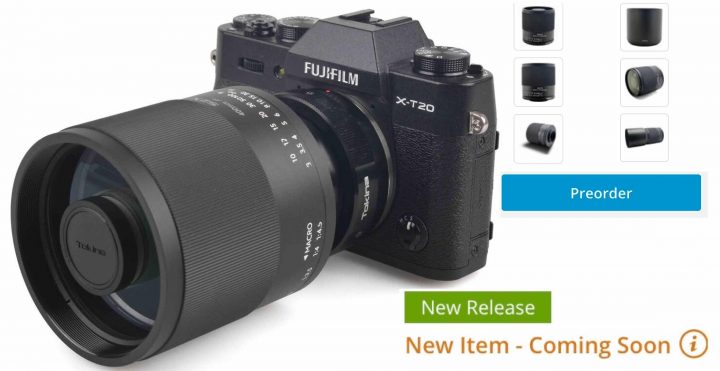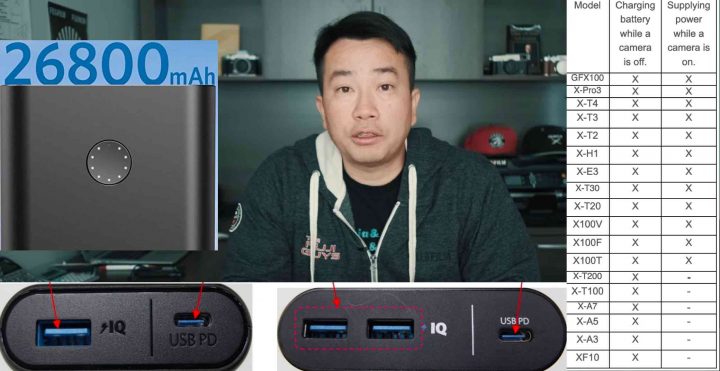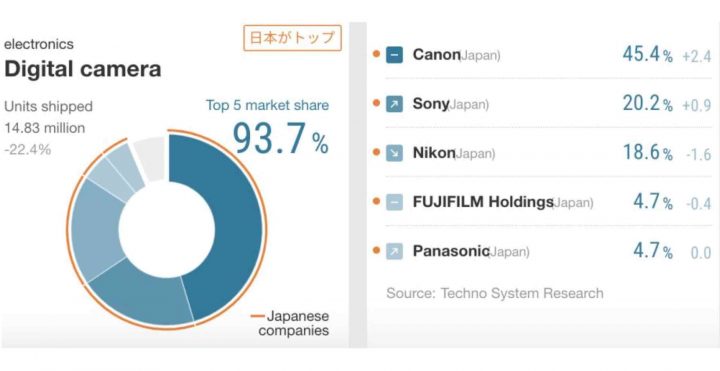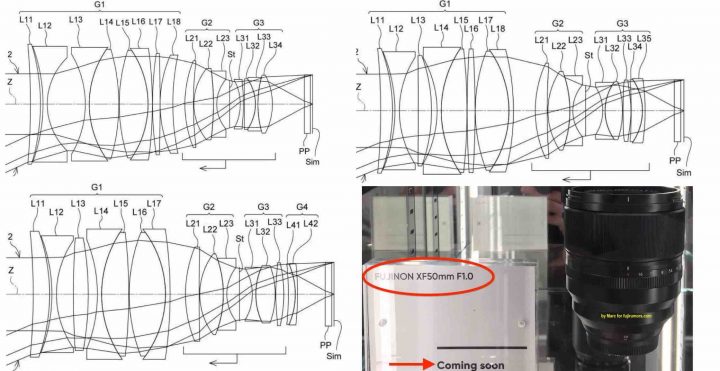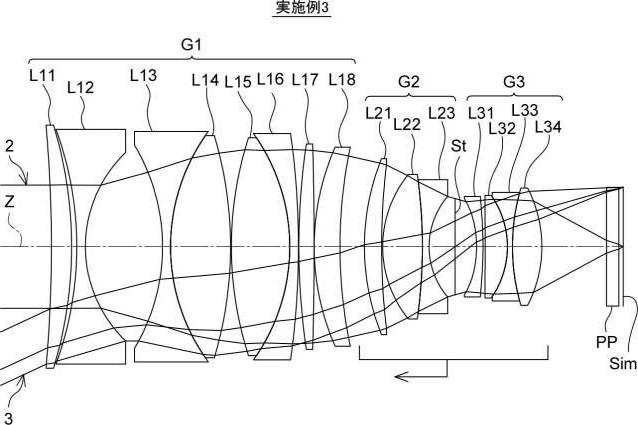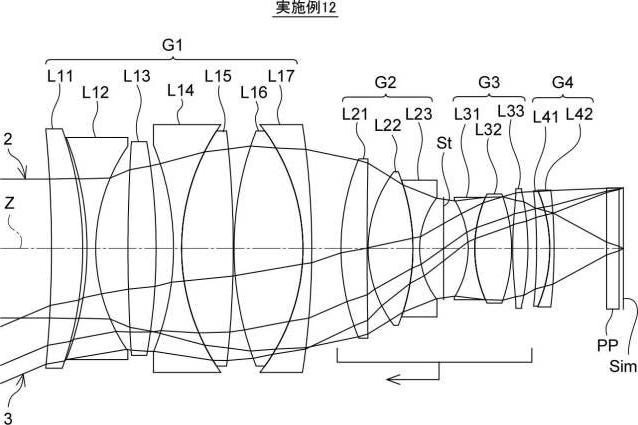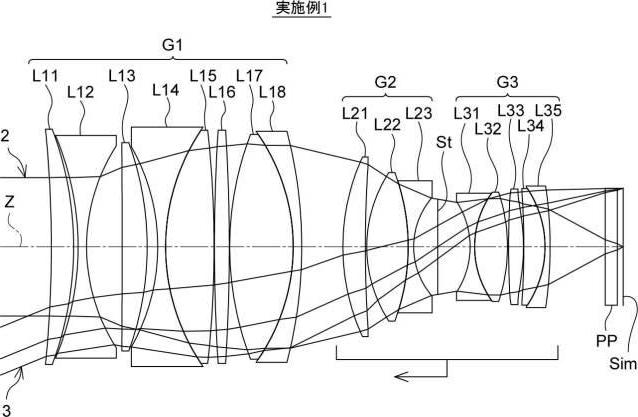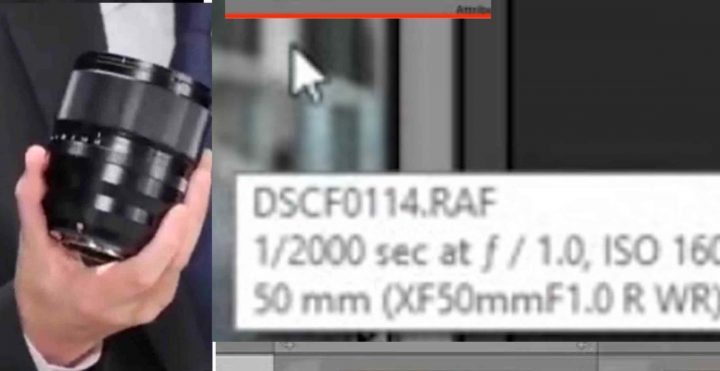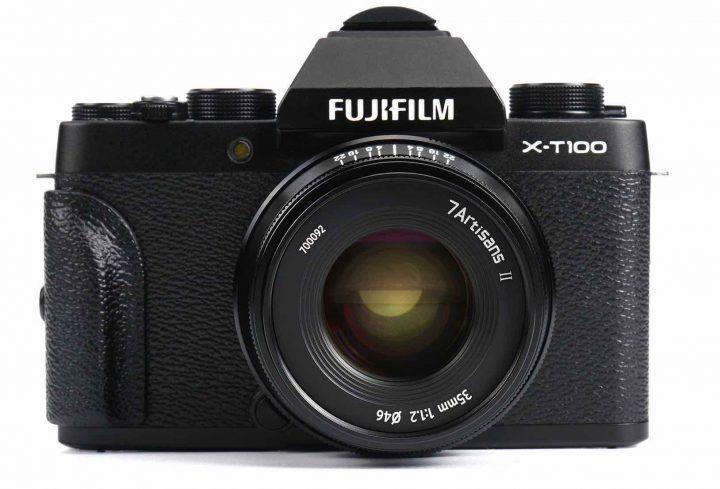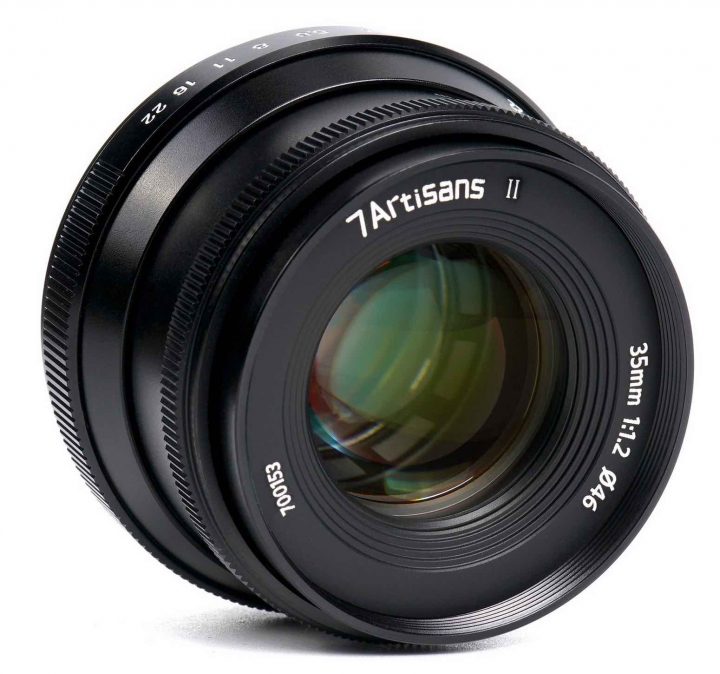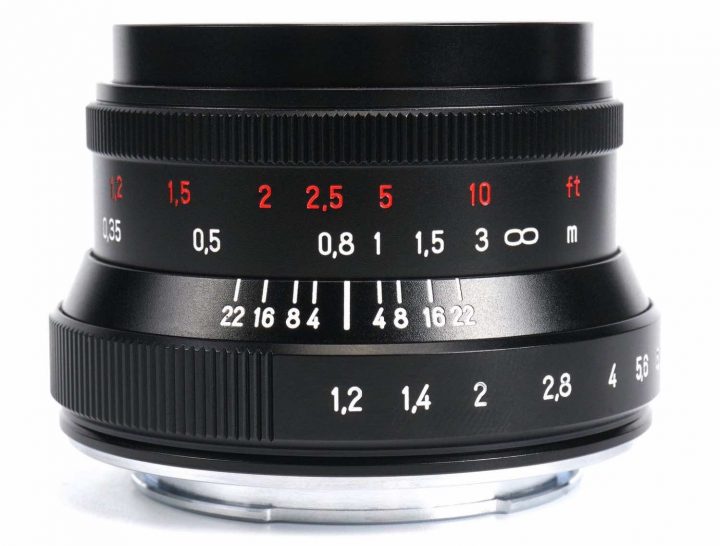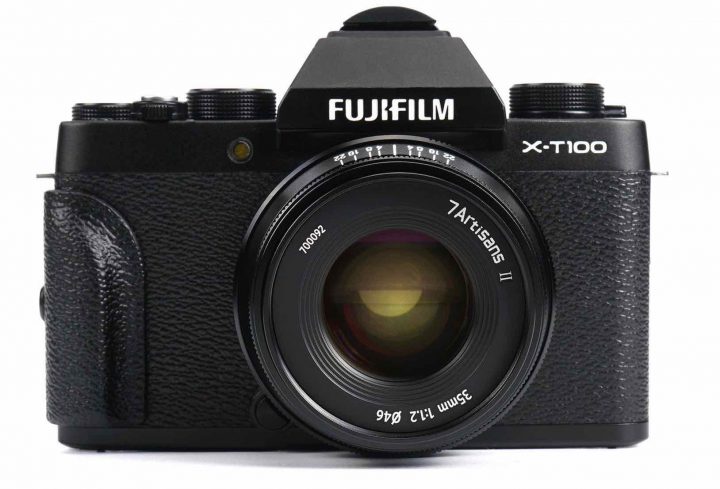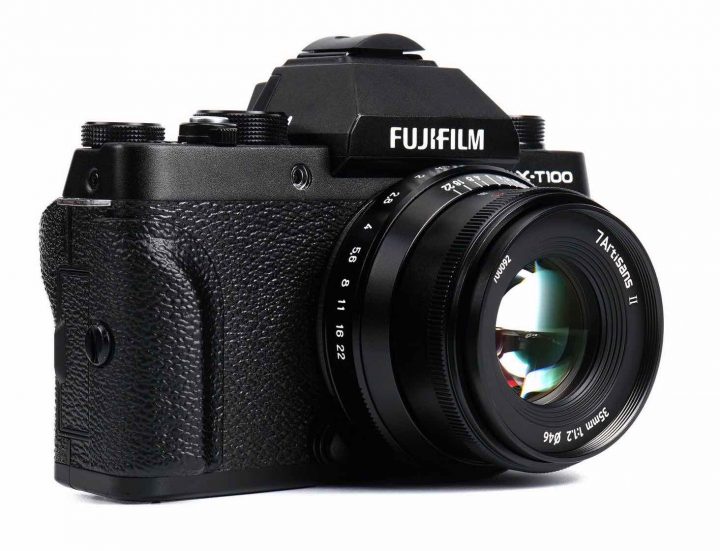Tokina SZX 400mm f/8 Reflex MF Lens Available for Preorder
The new Tokina SZX 400mm f/8 Reflex MF Lens for Fujifilm X is now available for pre-order at BHphoto here.
- Telephoto prime lens is designed for FUJIFILM X-mount mirrorless cameras and provides a 600mm equivalent focal length.
- Manual focus catadioptric optical design telephoto lens with fixed f/8 aperture, which is compatible with select camera focus peaking systems and in-body multi-axis advanced image stabilization systems.
- Multi-layer anti-reflection coating for efficient light intake and reduced flare, plus high-reflectivity silvered coating and a protective antioxidant layer on the back side of mirrored surfaces for long performance life.
- Minimum focusing distance of 45.27″ and magnification 0.4x can capture small objects, while the 400mm focal length reduces the possibility of casting a shadow on the subject
- Catadioptric design and construction creates a smooth and unusual donut-shaped bokeh
- Wide focus ring provides smooth rotation range of 270°
Additional product details and price here.
FujiRumors is on Patreon, Facebook, Instagram, RSS-feed, Youtube, Flipboard and Twitter
Our Owners Groups
- Fujifilm GFX User Group
- Fujifilm X-T User Group
- Fujifilm X-H User Group
- Fujifilm X-E User Group
- Fujifilm X-Pro User Group
- Fujifilm X100 line Group
Our Facebook Pages

